Toum is a Middle Eastern garlic sauce that is made by emulsifying garlic, lemon juice, oil & salt. The process is not too far from making mayonnaise, but instead of an egg yolk, it’s the properties of the garlic that emulsify it into a stable dip. It’s a dream come true for the ultimate garlic lover and goes beautifully with grilled veg, crispy potatoes or just as a dip with charred flatbreads.
Toum is thought to have originated in Lebanon, but is eaten throughout the Middle East. The word ‘toum’ itself translates to ‘garlic’ in Arabic, which is a testament to its key ingredient. Across the Middle East, garlic has long held a significant culinary place, not only for its flavour but also for its many health benefits including boosting the immune system and aiding digestion.
Traditionally, making Toum was a labor-intensive process, achieved by grinding garlic into a paste in a pestle & mortar and then slowly working in the oil and lemon juice. These days, a food processor is used in most kitchens. However, you need to be patient and drizzle the oil in slowly, as the emulsion might break otherwise. That’s why blending Toum in a food processor can take around 15 minutes.
Immersion Blender Hack
Want to save time? Blend Toum in less than 60 seconds with THIS hack.
How to Fix a Broken Toum
If you’re emulsion breaks (the oil and garlic split), don’t worry. You can still save the batch. Simply follow the tip at the end of this recipe.
serves 16
Ingredients
-
2 large garlic bulbs (120g – 140g cloves)
-
80ml lemon juice
-
400 ml olive oil
Method
- Peel the garlic cloves, cut each clove in half and remove the germ.
- Place the garlic halves into the bowl of a food processor along with 2 tsp of salt and process it into a smooth purée. In the beginning, the garlic will stick to the sides of the bowl, so scrape it down a few times until it begins to break down into a paste. Then add 2 tbsp of the lemon juice (it acts as a stabiliser) and continue blending until smooth, scraping down again if necessary.
- With the machine running on low, slowly drizzle in about 1 – 2 tbsp of oil until the garlic and oil begin to emulsify, scraping down the sides again. Then continue slowly pouring in the oil until you used around 100 ml. Slowly drizzle in 1 tbsp of lemon juice, and continue this way, alternating between 100 ml of oil and 1 tbsp of lemon juice until you’ve used up all of the liquids and the toum is light and fluffy. This process can take around 15 minutes, so make sure to take your time when pouring so that the emulsion doesn’t break. Transfer the toum to a bowl and refrigerate until needed. The harsh flavour of the garlic will mellow out a little bit over time, so this is best enjoyed the next day.
- What to do if your emulsion breaks? The easiest way to fix a broken emulsion is to transfer the ingredients to a tall jug and add 4 tbsp of aquafaba (the liquid in a tin of chickpeas). Now use an immersion blender to blend it all together. Within a few seconds, it should emulsify into a smooth sauce.
Storage: Keep refrigerated for 4 weeks.
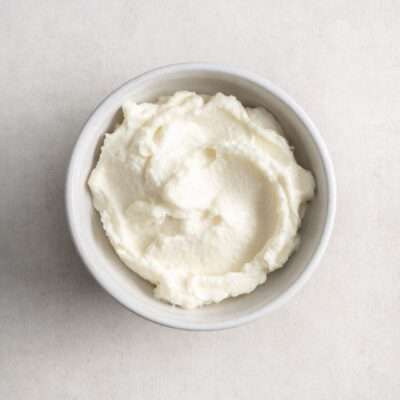
Toum (Made With Food Processor)
Equipment
- 1 Food Processor
Ingredients
- 2 large garlic bulbs (120g - 140g cloves)
- 2 tsp salt
- 80 ml lemon juice
- 400 ml olive oil
Instructions
- Peel the garlic cloves, cut each clove in half and remove the germ.
- Place the garlic halves into the bowl of a food processor along with 2 tsp of salt and process it into a smooth purée. In the beginning, the garlic will stick to the sides of the bowl, so scrape it down a few times until it begins to break down into a paste. Then add 2 tbsp of the lemon juice (it acts as a stabiliser) and continue blending until smooth, scraping down again if necessary.
- With the machine running on low, slowly drizzle in about 1 - 2 tbsp of oil until the garlic and oil begin to emulsify, scraping down the sides again. Then continue slowly pouring in the oil until you used around 100 ml. Slowly drizzle in 1 tbsp of lemon juice, and continue this way, alternating between 100 ml of oil and 1 tbsp of lemon juice until you’ve used up all of the liquids and the toum is light and fluffy. This process can take around 15 minutes, so make sure to take your time when pouring so that the emulsion doesn’t break. Transfer the toum to a bowl and refrigerate until needed. The harsh flavour of the garlic will mellow out a little bit over time, so this is best enjoyed the next day.
Notes
Video
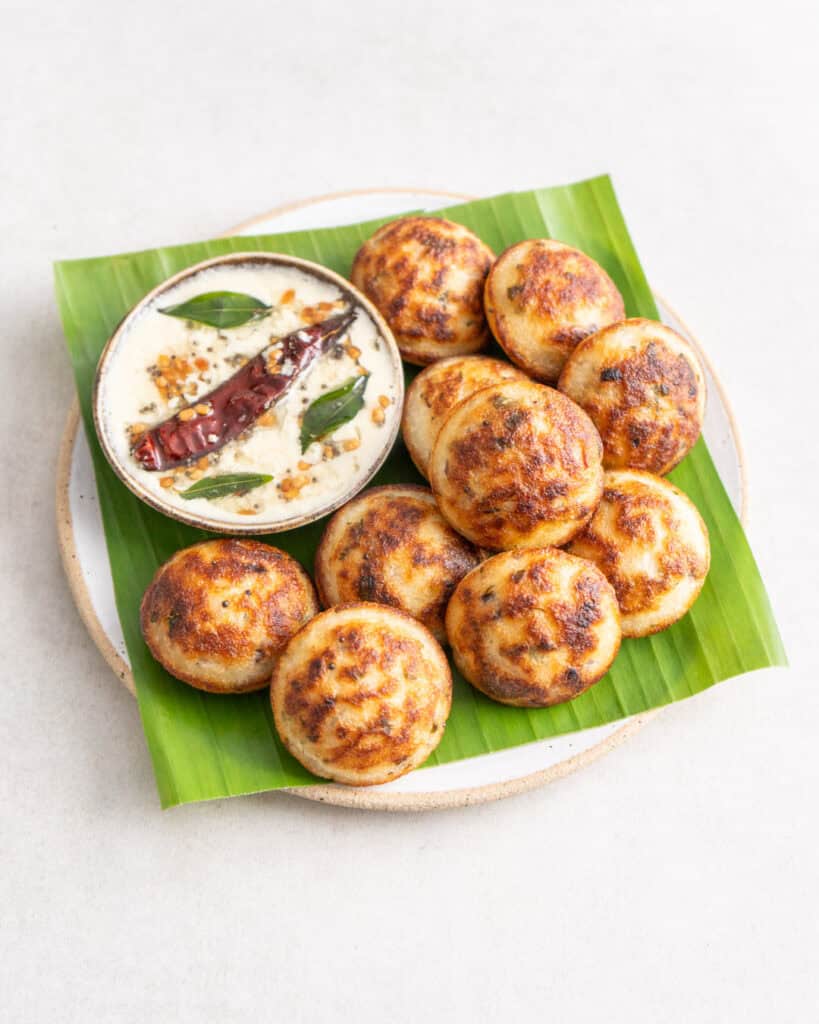


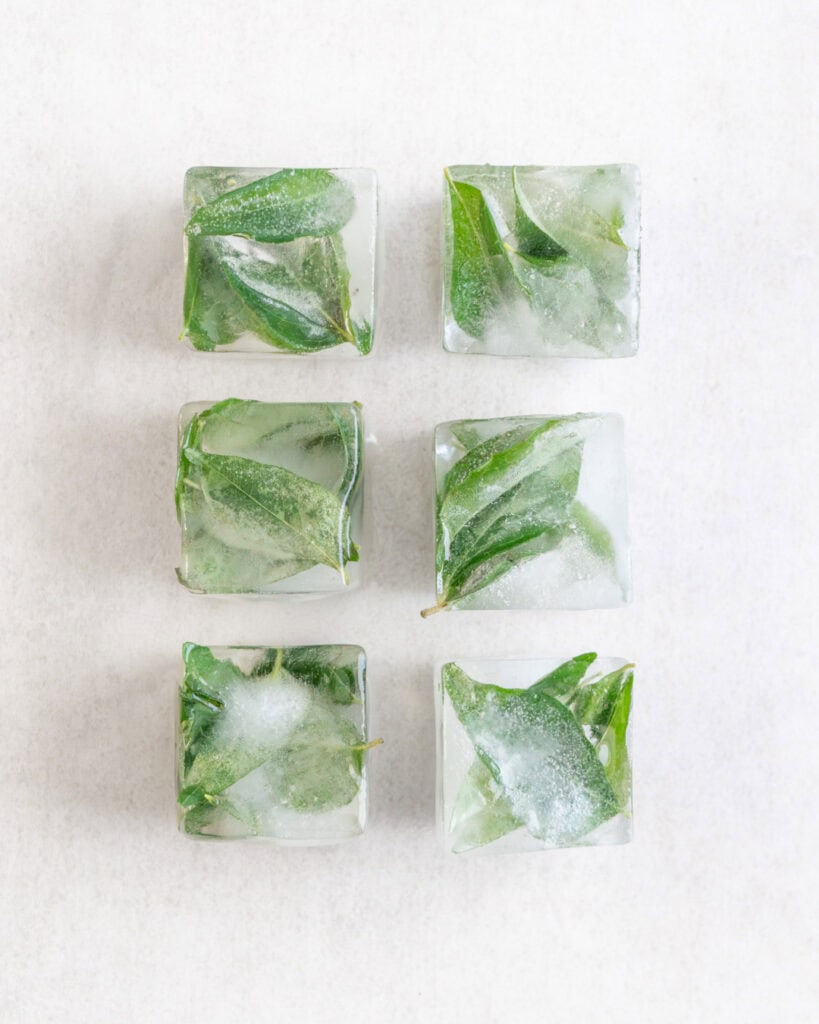
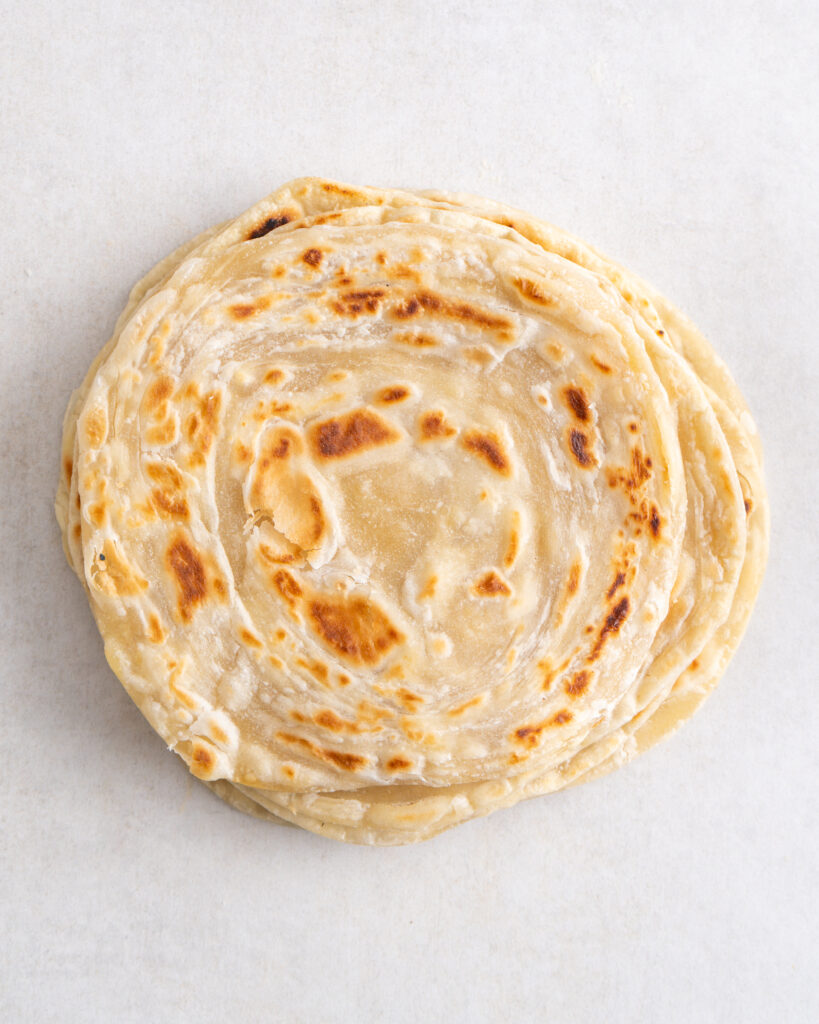
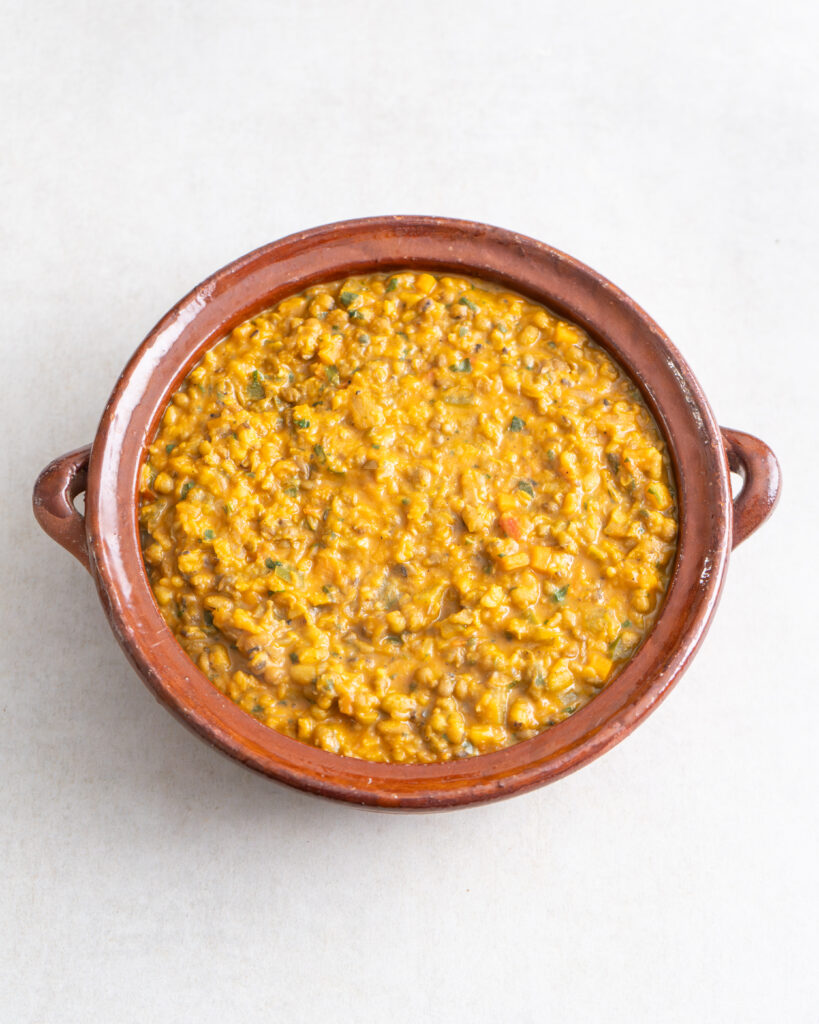
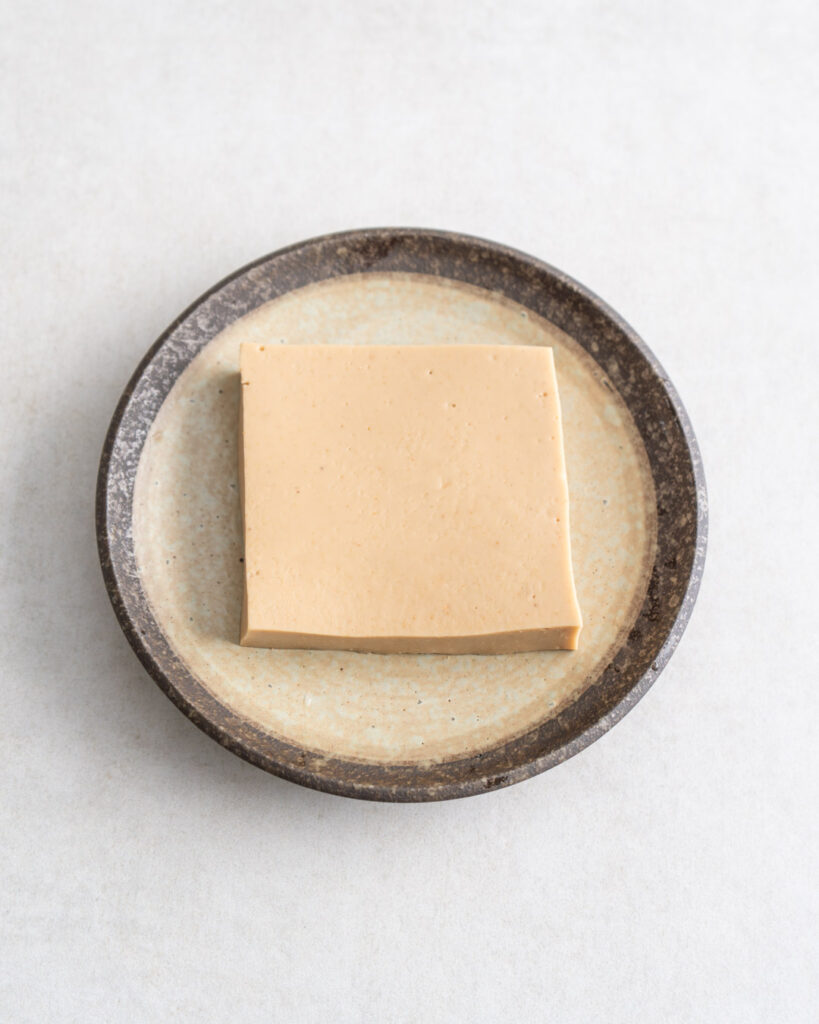
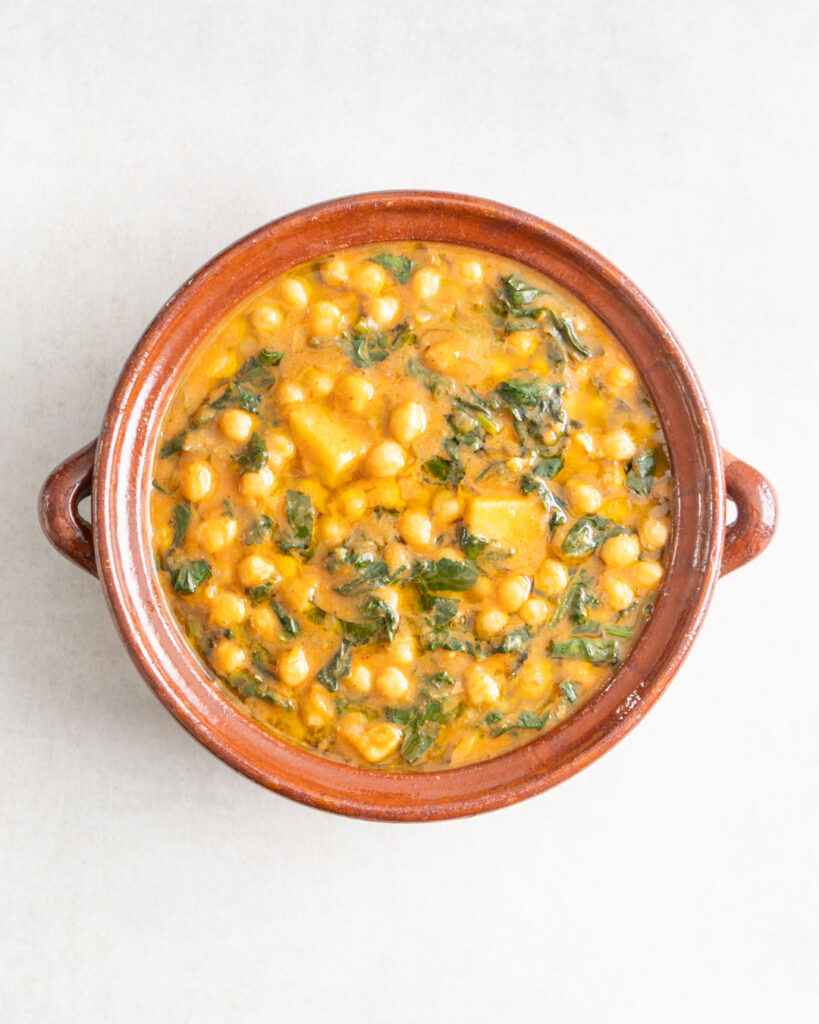
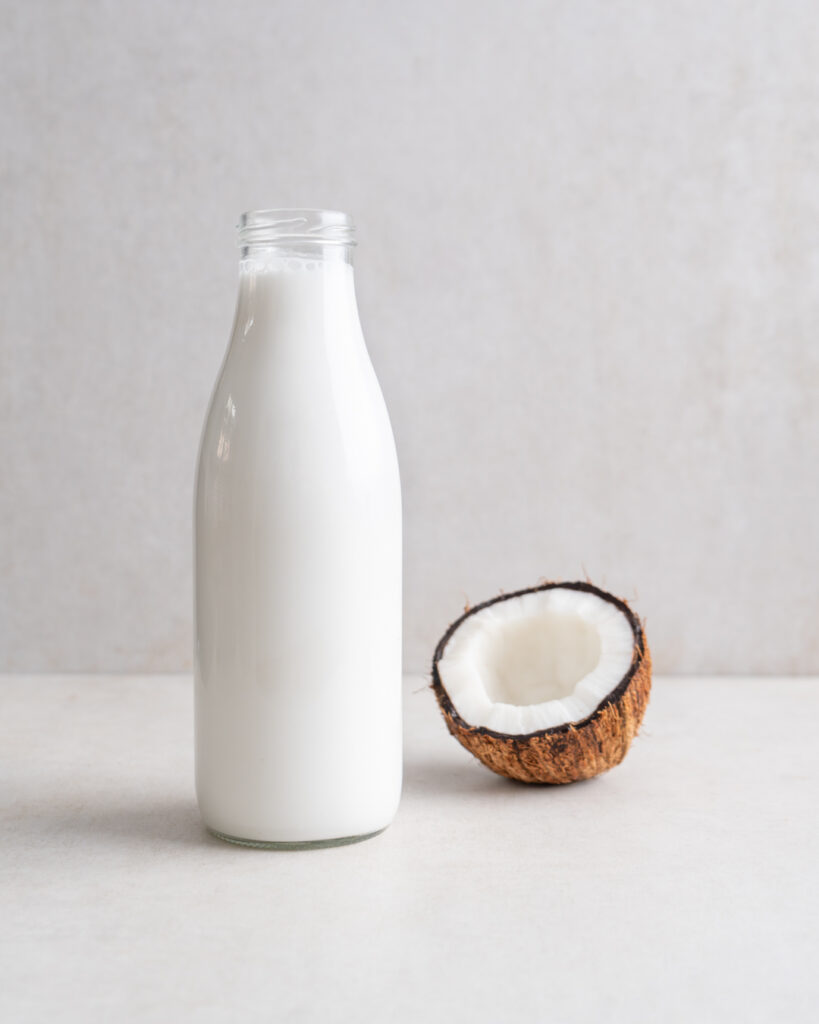
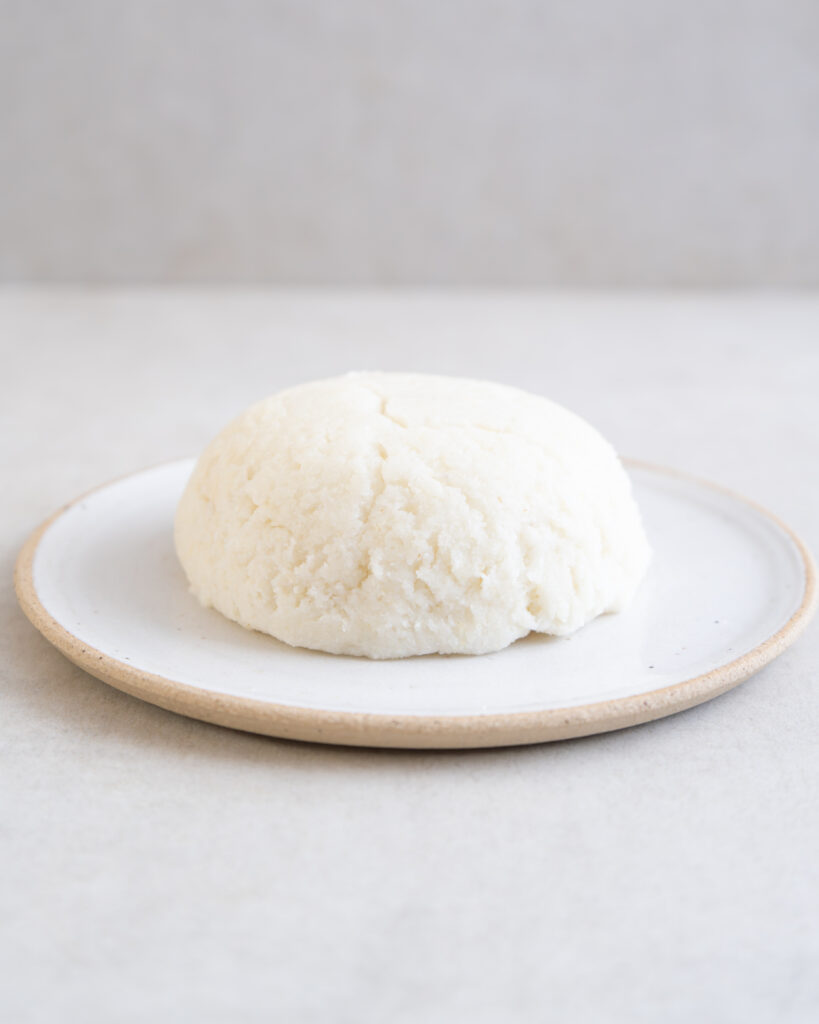

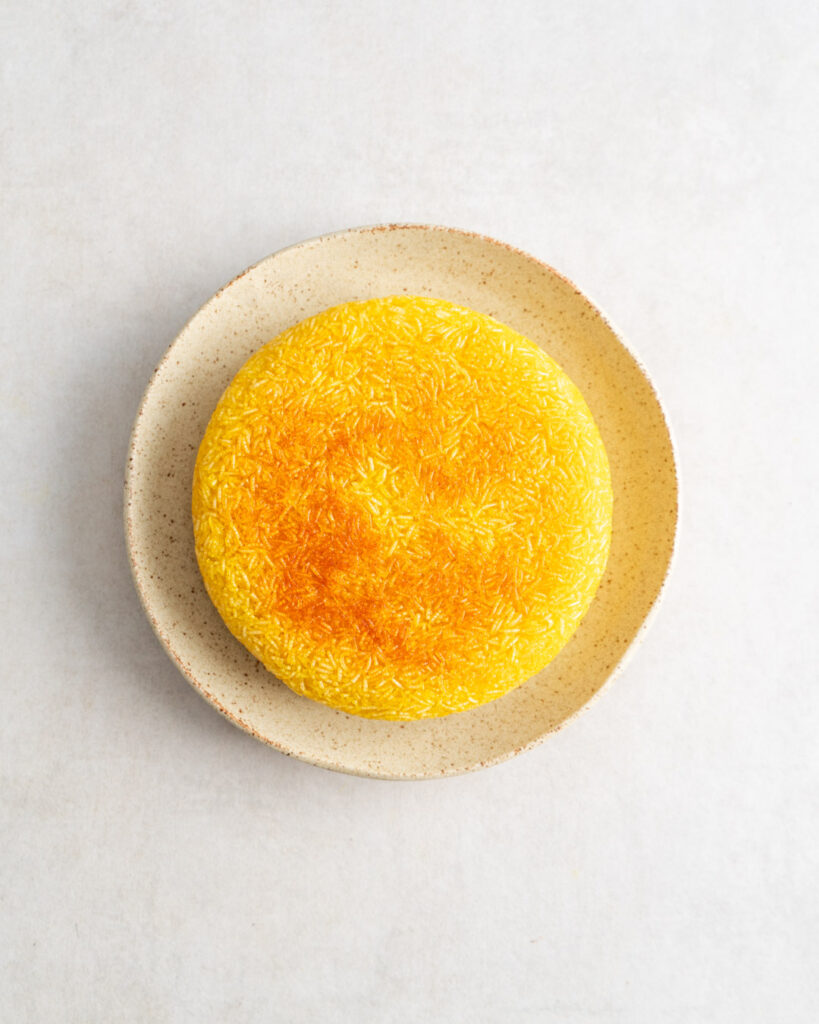



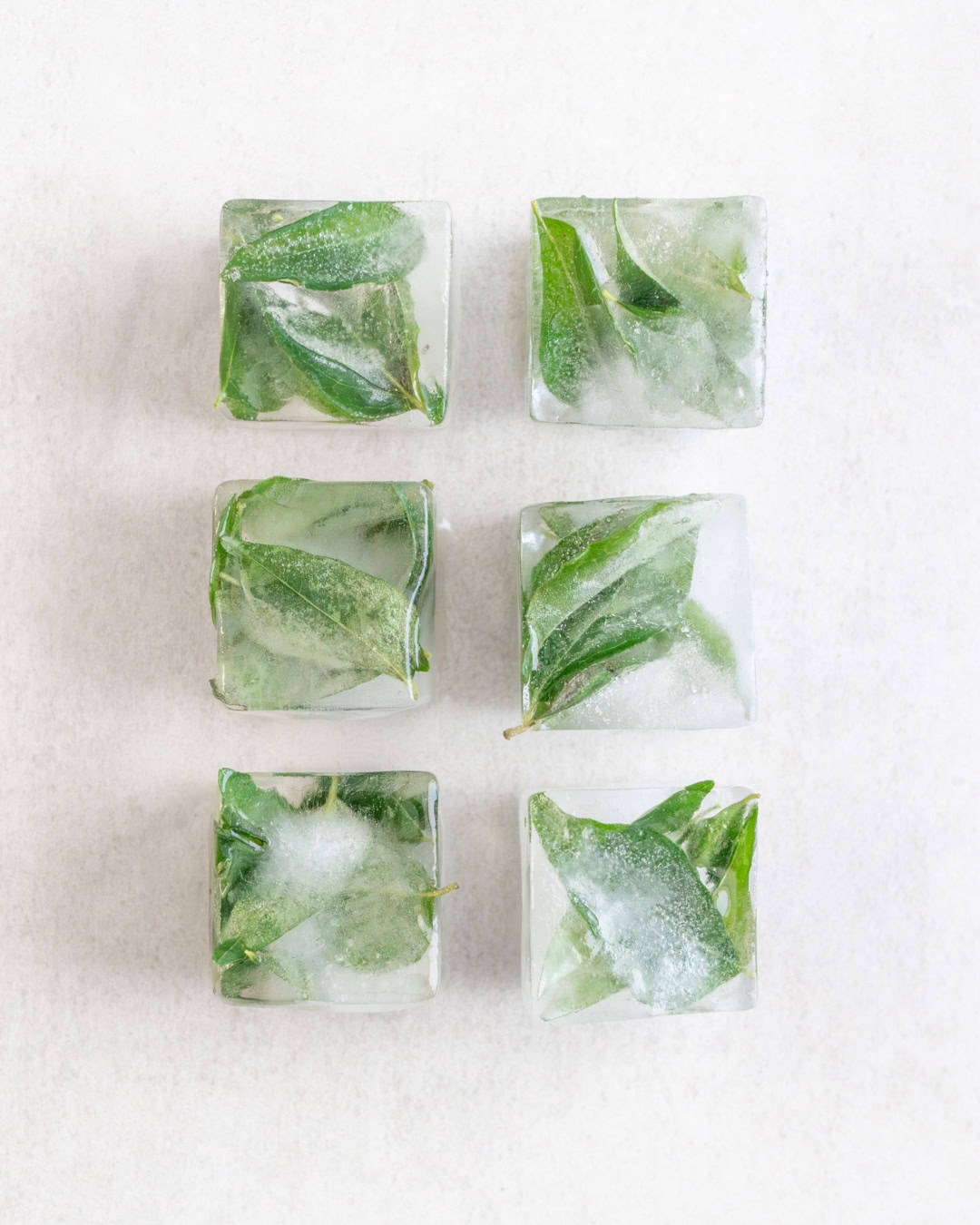








I used the immersion blender method and it turned out great! It didn’t break and very easy to make. Thank you!
Fantastic! It’s such a convenient hack, isn’t it?! Enjoy the ultimate garlic dip!
UAU, never thought it would taste so good.
Haha I’m glad you liked it!